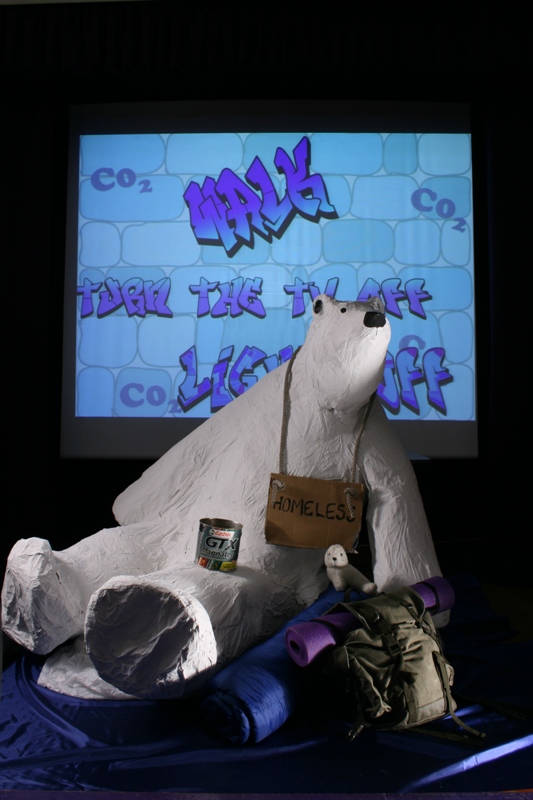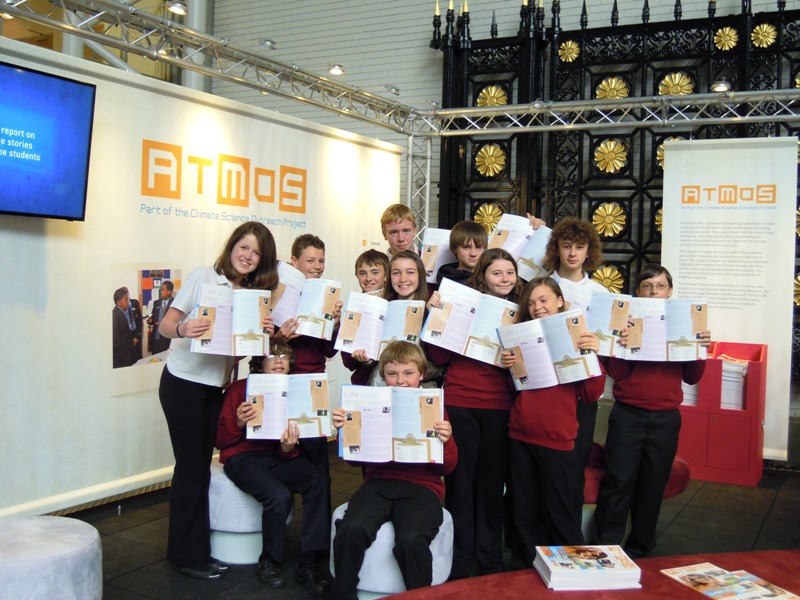Dani Williams, Project Co-ordinator for the Climate Science Outreach Project, reflects on the success of the three year project as it draws to a close.
How do you engage teenagers in climate change? This was our challenge when we launched the Climate Science Outreach Project – a three year project run by the museum in partnership with the National Railway Museum in York, Museum of Science and Industry in Manchester, At-Bristol science centre and the Catalyst Science Discovery Centre.

The nationwide project was designed to inspire 13-14 year olds on the subject of climate change by equipping them with the skills to become climate ambassadors in their schools and communities. During each year of the project, schools were set a different challenge – allowing students to explore aspects of climate change on which they felt enthusiastic.

At the end of each year, the Science Museum turned the students’ finished work into a public exhibition or product, giving students an enormous sense of pride in their own achievements.
In year one, students were asked to create their own pieces of Sci-art on a climate change theme. Among the incredible artworks were a giant hand showing the five countries contributing the most towards carbon emissions and a homeless polar pear begging on the streets. The project was turned into a photographic exhibition which toured at each of the partner museums.

In year two, students from 50 schools across the country became science journalists, investigating and reporting on climate change stories affecting their communities. The result was a fascinating range of stories covering everything from community recycling initiatives to the use of sheep poo as a future energy source. The students’ stories were published in ATMOS – a special magazine for the project.

In the third and final year of the programme, students from 60 schools were set the challenge of organising and running a mass-participation event in their school or community to raise awareness of climate change.

Students were asked to submit proposals and bid for funding from the Science Museum. They were encouraged to think creatively and run unusual and exciting events that people might not ordinarily associate with science. The events included an endangered animal football match, recycled fashion shows, flash mobs and a cycle-powered cinema. Photographs from the events were displayed at a celebration party to mark the end of the project.

We are delighted with the results of the project. In addition to raising awareness of climate change, teachers have reported many additional benefits including increased confidence among the students, a greater interest in science and improved literacy.